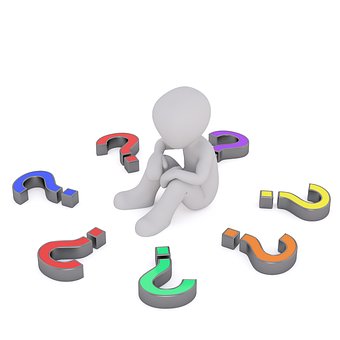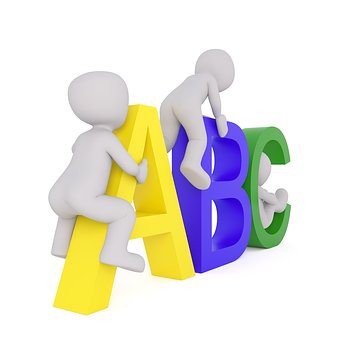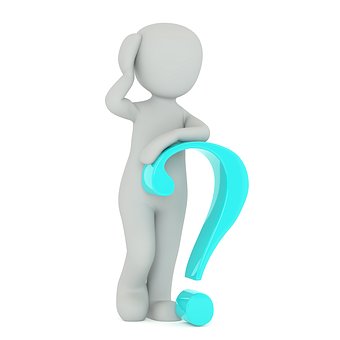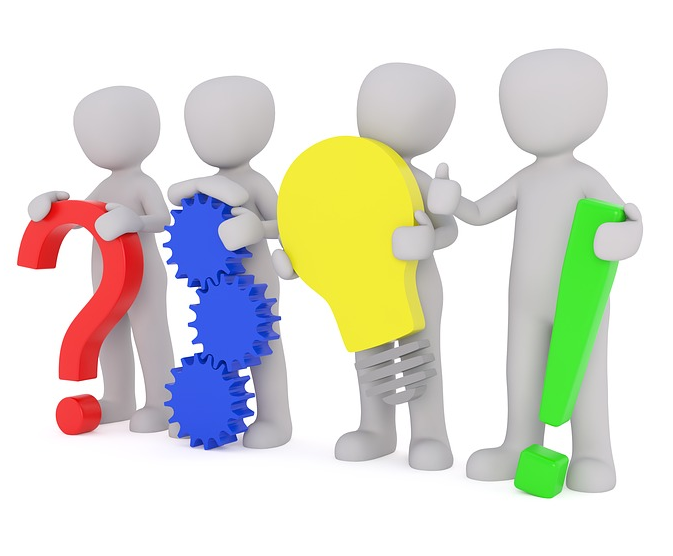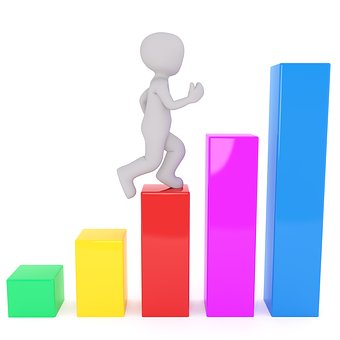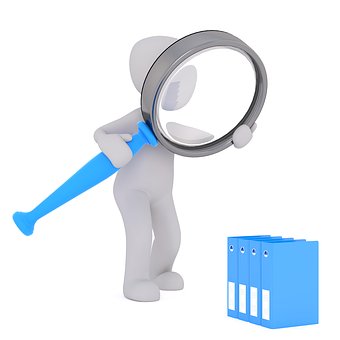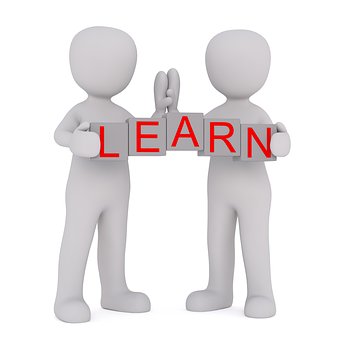

Learning Assessment
Assessment
This is the set of activities organised in a systematic process of collection, analysis and interpretation of information, in order to make a judgement based on previously established criteria and also take decisions.
Three types of assessments can be distinguished depending on the time and objectives with which they are conducted: initial, formative and summative.
The initial or diagnostic assessment is carried out before new learning process starts, so as to know the students' previous ideas (knowledge and skills) to which new knowledge can be attached.
Formative assessment is offered throughout the learning process in order to obtain partial data on the knowledge and skills that students acquire and to make pedagogical decisions: to advance in the programme or to go backwards, to change methodological strategies, to remove, simplify or add contents, etc.
Formative assessment should not be confused with continuous assessment (conducting continuous assessment tests in order to gather information on the student's learning process and to provide a final grade based on the sum, "summative assessment", and weighting of those tests).
For evaluation to be truly formative, the teacher will need to give feedback to the student at certain intervals during the learning process, with comments on what has been done and suggestions on what could be improved.
The summative assessment is carried out at the end of the term/course to check whether students have acquired the skills and knowledge that allow them to accredit these by means of certification. This is the end of the evaluation process and it appraises retrospectively the learning outcome.
An assessment activity is carried out by an agent, who evaluates by means of an instrument the evidence collected through a specific medium. Each of these aspects is illustrated below.
Methods
The methods for carrying out the assessment are tests that gather information about the object to be evaluated. The following may be highlighted:
Tools
As defined by Rodríguez e Ibarra (2011), assessment tools are real and tangible instruments used by the person in charge of assessing to systematise their evaluation of different aspects
. The following may be highlighted:
Agents
These are the subjects who make a judgment and come to a conclusion based on the information gathered in the assessment carried out. While the teacher is the main agent responsible for assessing, students can also be in charge of this task, giving rise to:





